Sunderland tunnels
Sunderland tunnels
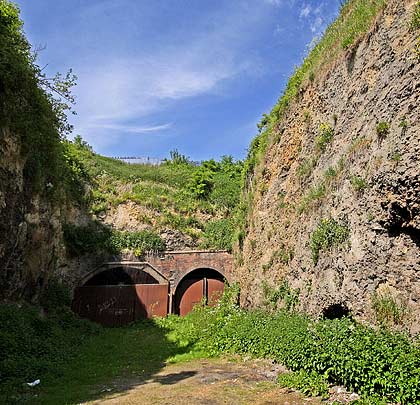
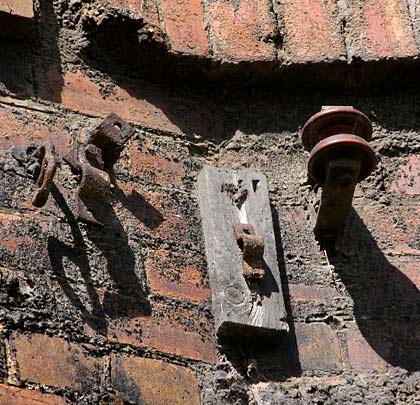
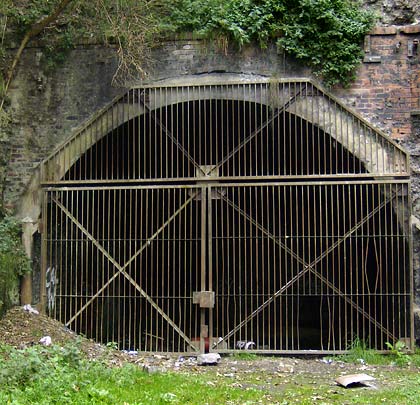
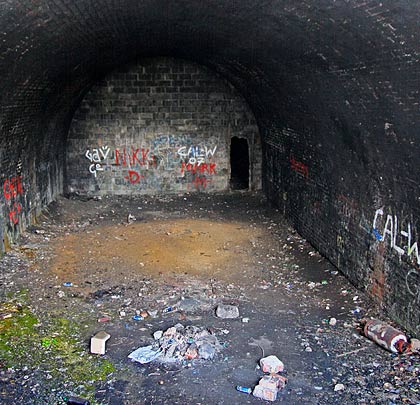
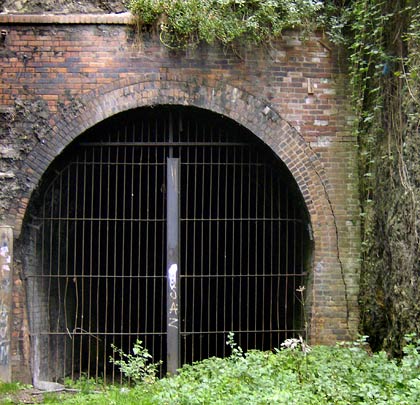
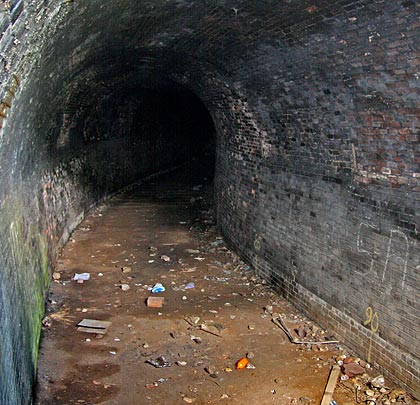
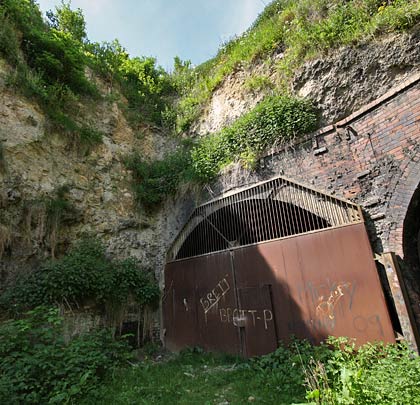
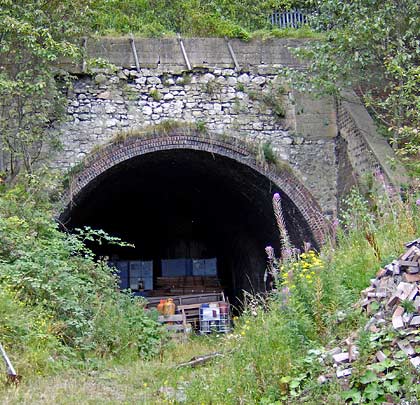
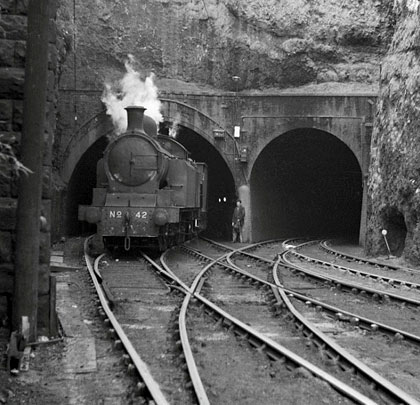









The banks of the River Wear in Sunderland spent much of the 19th and 20th centuries as servants of County Durham’s coal industry, with trains of loaded wagons arriving for transhipment to waiting vessels. An extensive system of staiths was constructed for this purpose. Read all about them on this web page.
The Hetton Colliery Railway was a product of George Stephenson and the first to be designed with steam locomotives in mind. It arrived on the river bank in 1822, incorporating a tunnel of around 77 yards which was used as a headshunt.
The North Eastern Railway created its branch through to the Lambton staiths in 1865, boring a double-track tunnel of about 237 yards to penetrate a rocky outcrop on top of which the Hetton railway ran.
Following Lord Lambton’s takeover of the Hetton system in 1911, an S-shaped single-track connecting tunnel of about 111 yards was driven. This required the opening-out of the NER tunnel at its east end (shortening it to 209 yards) in order to accommodate the two portals alongside each other. The vertically-sided approach cutting was thus extended in length.
Today, the headshunt tunnel’s east end and west portal of the NER bore are buried beneath infill. However, since closure came in 1967, the remaining twin portals have sat next to each other at the end of their cutting, awaiting visitors from the adjacent parkland. Both are now secured by heavy steel gates.







